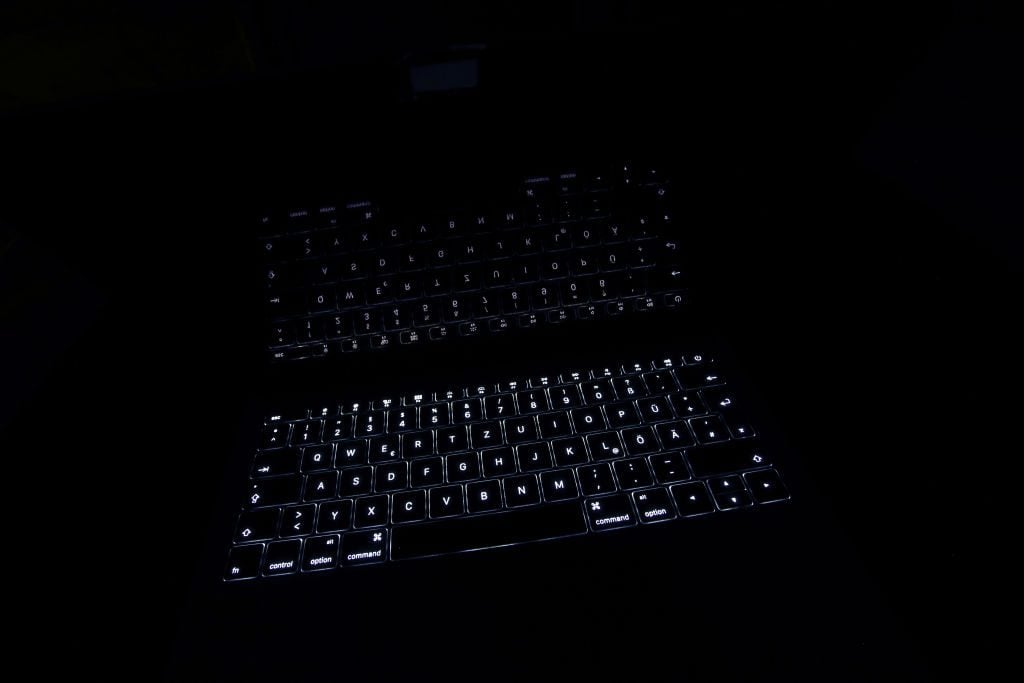Art World
Art Industry News: Is the Mastermind Behind a Strange Messianic Sequel to QAnon Actually a Performance Artist? + Other Stories
Plus, museums in Poland and parts of Germany close (yet again) and the BBC's arts editor heads to the Barbican.

Plus, museums in Poland and parts of Germany close (yet again) and the BBC's arts editor heads to the Barbican.

Artnet News

Art Industry News is a daily digest of the most consequential developments coming out of the art world and art market. Here’s what you need to know on this Monday, March 22.
The Deaccessioning Debate Divides America’s Museum Leaders – The topic of deaccessioning has moved from the background of the museum field to the foreground during the pandemic, as art institutions across the US grapple with mounting revenue losses. It has also divided the sector’s leading progressional organization, the Association of Art Museum Directors—and has even prompted some to question the value of the organization itself. In place since 1916, the AAMD charges high fees and is overseen by a 21-member board that helped bring on a pandemic-era deaccessioning rule change without checking with all its 221 members first. (New York Times)
Düsseldorf Returns Painting Seized by Nazis – An 18th-century landscape painting by Johann Christian Brand has been returned to the heirs of a Jewish family who owned it during World War II. Otto and Julie Klein had their work seized and resold at a foreclosure auction at the Dorotheum. The painting has been held in the Düsseldorf municipal art collection since 1940. (ARTnews)
Is the Heir to QAnon an Artist? – A group called Hope Not Hate claims it has identified the person behind the conspiracy group Sabmyk Network, which is targeting followers of QAnon. The mastermind behind it, the group claims, is a Berlin-based artist named Sebastian Bieniek. As evidence, they cite the fact that Bieniek’s 1999 artwork lines up with a description of the “messiah” figure Sabmyk. A post said Sabmyk has “17 V-shaped scars” on his arm as a result of a “prophetic ceremony at the age of 24,” which lines up with a performance that Bieniek did at that age. (Guardian)
Museums in Poland and Germany Close (Again) – Museums across Poland and in parts of Germany have shuttered their doors yet again as the latest wave of the pandemic has forced local authorities to reimpose lockdown restrictions. Polish museums reopened on February 1 and now must remain closed until at least April 9. Museums in Hamburg have also been directed to close, after the German government allowed museums to reopen on March 8. (The Art Newspaper)
Sotheby’s Partners With English Sole for Rare Sneaker Sale – Sotheby’s just launched an auction dedicated to rare Nike sneakers called “Scarce Air” in partnership with sneaker store English Sole. A mismatched sample for Kanye West’s Nike Air Yeezy 2 are estimated to go for between $40,000 and $60,000. Bidding continues until Monday, March 29. (Highsnobiety)
Old Master Dealer Goes NFT – Amsterdam-based dealer Aronson Delftware has launched two series of five NFTs based on “digital twins” of a 17th-century Delftware vase that is also for sale. The digital versions have a minimum reserve of ETH 1 (around £1,300) and were made using 3D scanning technology. The original of the work is on sale for €125,000. (TAN)
BBC Arts Editor Decamps for London’s Barbican – The BBC’s longtime arts editor Will Gompertz is leaving his post after 11 years to head to the Barbican Center in London as its new director of arts and learning. (Guardian)
Palm Springs Art Museum Director Leaves After Short Stint – Louis Grachos has resigned from his post after close to two years. He will head to New Mexico to be the executive director of the contemporary arts organization SITE Santa Fe, a post he held from 1996 to 2003. (Los Angeles Times)
Rohingya Survivors Process Through Art – A New York-based nonprofit called Artolution is deploying art as a humanitarian tool in the wake of the Rohingya genocide at the hands of the Myanmar government. Survivors are working on murals and works that can be installed on hospital walls or around camps, spreading educational and uplifting messages. (NYT)
Shakespeare Effigy Is Actually Very Accurate – A carved sculpture above Shakespeare’s grave in Holy Trinity Church in Stratford-upon-Avon is now thought to have been made by someone who knew the famous playwright personally, rather than having been installed years after his death, as previously believed. New research suggests that tomb-maker Nicholas Johnson made the piece; his workshop was steps from the Globe Theater, where Shakespeare’s plays were often performed. (Guardian)

A bust of English playwright William Shakespeare (1564-1616) part of the Shakespeare Memorial in The Holy Trinity Church, Stratford-upon-Avon, Warwickshire, August 1997. (Photo by RDImages/Epics/Getty Images)